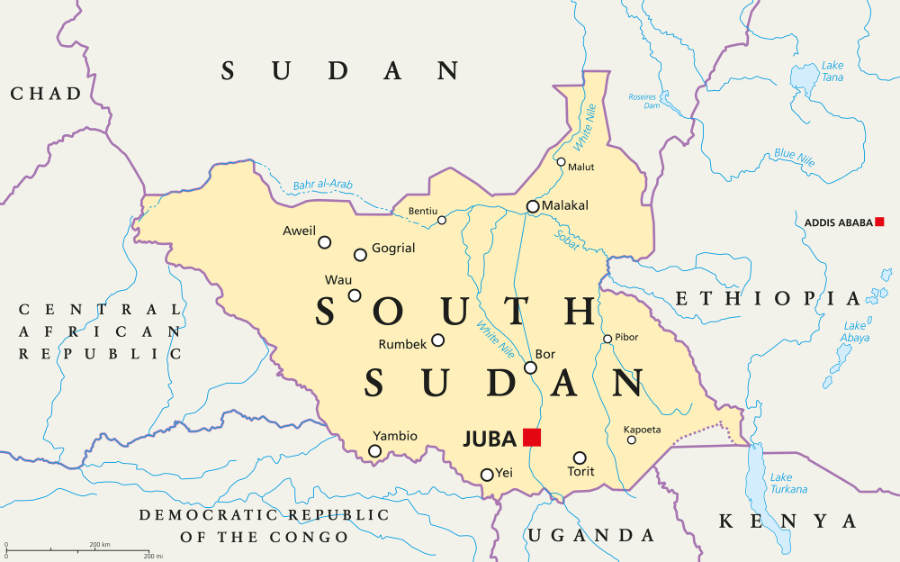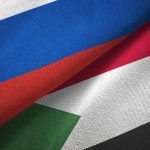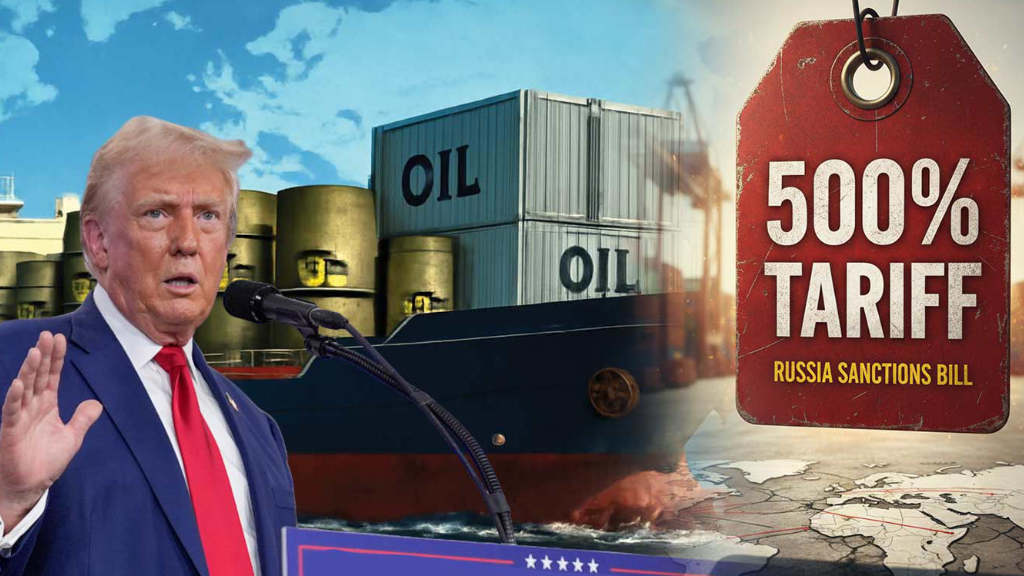Russia’s Foreign Minister, Sergey Lavrov, has met with Semaya Kumba, the Foreign Affairs Minister of South Sudan, on the sidelines of the 80th Session of the UN General Assembly in New York.
They discussed a wide range of bilateral issues, including key areas for further development of Russia–South Sudan collaboration, deepening political dialogue, and strengthening cooperation within the UN and other multilateral frameworks.
They also addressed regional matters, with particular emphasis on the situation in South Sudan, including the internal conflict, restoring stability in South Sudan, and supporting the efforts of the South Sudanese government and regional stakeholders.

South Sudan descended into a civil war from 2013 to 2020, enduring rampant human rights abuses, including forced displacement and ethnic massacres. It has since been governed by a coalition formed by leaders of the former warring factions, Salva Kiir Mayardit and Riek Machar. The country continues to recover from the war while experiencing ongoing and systemic ethnic violence.
South Sudan is landlocked, while the war has resulted in its being one of the least developed countries in the world, ranking second to last in the Human Development Index, and also one of the poorest countries by GDP per capita.
Russia’s involvement in South Sudan could be critical in order for it to maintain stability and move onwards. Its economy is largely dependent on its oil and gas industry, with crude petroleum accounting for about 90% of the country’s foreign exchange earnings. However, the sector has faced significant challenges, including geopolitical issues and infrastructure constraints. The government is working to repair and resume oil pipeline operations, which are essential to the nation’s economic stability.
Agriculture also plays an important role, employing a large portion of the population and contributing significantly to GDP. Key agricultural products include cotton, peanuts, gum arabic (South Sudan is one of the world’s largest producers), sesame seeds, and livestock. Additionally, South Sudan is rich in mineral resources, especially gold, and is a significant producer of gold in Africa, with annual production nearing 30 tonnes. The country’s manufacturing sector includes oil refining, cement production, and the production of goods like shoes and chemical fertilizers, although many factories are underutilized.

South Sudan is a member of several regional and continental free trade agreements. These include the Greater Arab Free Trade Area (GAFTA), the Tripartite Free Trade Area (TFTA), and the African Continental Free Trade Area (AfCFTA), aimed at enhancing trade across Africa. The country is also part of COMESA (Common Market for Eastern and Southern Africa), the League of Arab States (LAS), the East African Community, and the Intergovernmental Authority on Development (IGAD). South Sudan has bilateral trade agreements with neighboring countries, such as Egypt, Ethiopia, and Sudan, covering agriculture, oil, and livestock. Additionally, the country has strong economic ties with China, particularly in energy and infrastructure projects.
The oilfields in South Sudan have been significant to the economy since the late 1990s. Oil contributes more than 90% of state revenues, with the third-largest oil reserves in Sub-Saharan Africa. However, after South Sudan became an independent nation in July 2011, southern and northern negotiators have not been able to reach an agreement on how to split the revenue from these oilfields. However, with South Sudan also being close to Russia, agreements may be revived, and with this, oil production increased. South Sudan also contains many natural resources such as petroleum, iron ore, copper, chromium ore, zinc, tungsten, mica, silver, gold, diamonds, hardwoods, limestone, and hydropower.
South Sudan has a population of about 12 million, a GDP (PPP) of about US$11.5 billion, and a GDP per capita of US$762.93. The economy has faced a decline in recent years, although this is now starting to improve. The 2025 anticipated economic growth rate is about 15%.
Russia-South Sudan bilateral trade in 2024 was about US$8 million. Moscow will be looking to become involved in South Sudan’s energy and minerals sectors but will need to invest. To illustrate that intent, Moscow opened an embassy in the South Sudanese capital of Juba last year.
Bilateral trade growth, while small, can be expected to be positive.
Further Reading






